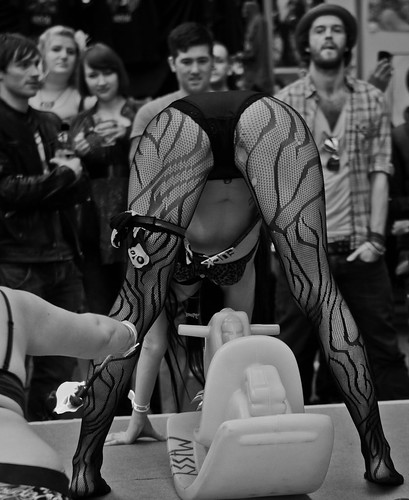Body Piercing - The curative Process and Aftercare

Body piercing has been nearby for many centuries. Aged civilizations practiced body piercing and tattooing. In the old days, body piercing was usually linked to religion and Aged beliefs. Later on, it became a symbol of status in the society. Nowadays, it's mostly just for decoration, especially surrounded by teenagers. They seem to think that having your appendages pierced is cool. Personally, I prefer ladies with no unnecessary holes. I prefer only the holes for earrings. Anyone your reasons and preferences are for getting a body piercing, one fact is relevant: body piercings have risks.
Bacterial infections, tetanus, Hiv, allergic reactions, are just a few of the risks you'll be exposing yourself to if you get your body pierced without professional guidance. To lessen your chances of getting any of these diseases, you have to take precautionary measures. You have to understand the healing process and understand body piercing aftercare. Just because the wound has already healed does not mean you're no longer at risk.
A new piercing will be red, tender and sore for a few days or weeks. The healing process usually takes weeks, months, or even years, depending on the location of the piercing and the aftercare practice.
Primary healing usually occurs during the first few weeks. The jewelry should not be removed during this point, unless you are having allergic reactions to that particular jewelry. The healing process should never be rushed. during the original healing period, the wound may seem healed but in reality, it is still very sensitive. Rough handling of the piercing may cause problems.
Full healing starts when the original healing duration is done. It usually takes as long as original healing. during this time, the skin of the partially healed wound starts to thicken and gain its elasticity. "Toughening up" duration is other healing process that takes place after the full healing duration is over. The inside area or the fistula tube toughens and adapts to the shape of the jewelry. The whole healing process, from original healing to the toughening period, could last up to a year, depending on the location of the piercing.
Proper behavior that promotes healing comprise revisiting the piercer for an evaluation, practicing good hygiene, observing the recommended aftercare guidelines, taking supplements such as iron and zinc (this promotes healing), and sea salt soaks. By observing these behaviors to the T, you lessen your chances of acquiring and passing on harmful diseases.






0 comments:
Post a Comment